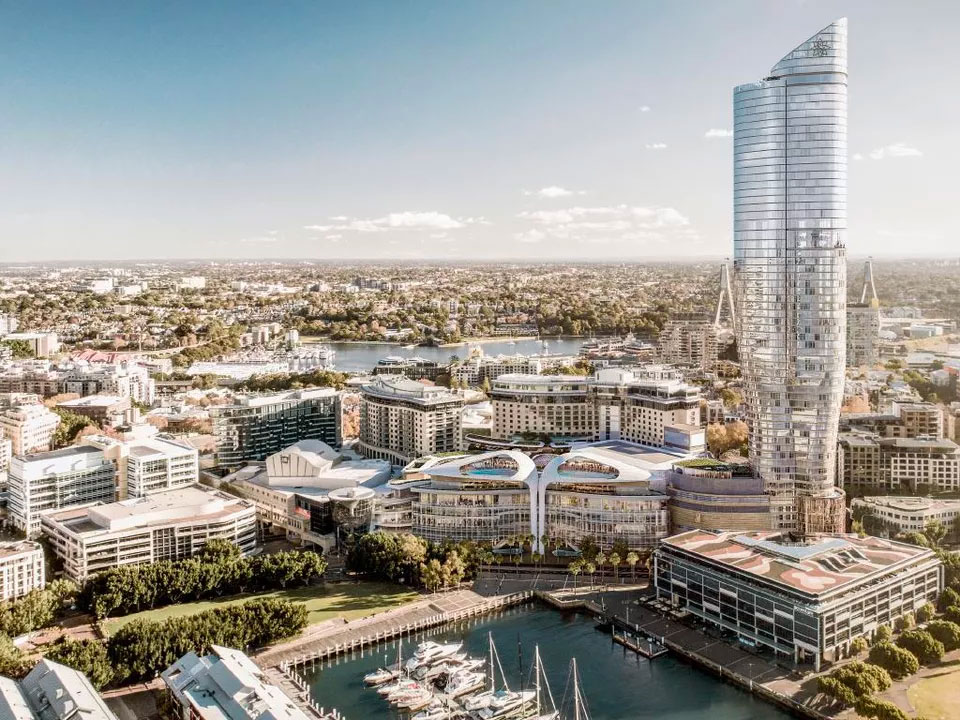Tourism Boom Drives ‘Unprecedented’ Hotel Development
Australia's accommodation sector is set welcome 45,000 new rooms over the next six years catering to changing demands, travellers and demographics.
According to Tourism Accommodation Australia a wave of almost 300 new hotels, currently proposed or under construction, will boost the hotel industry which has suffered from a development hiatus of almost two decades.
The pipeline of projects will add to the $8 billion tourism industry which currently employs over 187,000 people.
Melbourne leads the growth push with 10,208 rooms approved or under construction, while Sydney has 6,084 in the pipeline.
Perth also has a significant amount of hotel rooms currently under construction, with 1,755 rooms to be added over the next two years.
TAA has forecast that 11,600 rooms are due to be added to the Sydney market and more than 15,100 expected in Melbourne.
Related: Investors Target Secure Income in Australia's Hotel Market
Hotel rooms under development between 2018-2025
| City | Under Construction | Approved | Proposed | Total | Hotels |
|---|---|---|---|---|---|
| Sydney | 1,020 | 5,064 | 5,519 | 11,603 | 77 |
| Canberra | 749 | 922 | 421 | 2,092 | 15 |
| Brisbane | 976 | 600 | 49 | 2,718 | 19 |
| Perth | 1,755 | 4,290 | 1,707 | 7,752 | 47 |
| Adelaide | 498 | 1,254 | 542 | 2,294 | 14 |
| Darwin | 0 | 349 | 823 | 1,172 | 9 |
| Hobart | 701 | 457 | 1,151 | 2,309 | 16 |
| Melbourne | 3,099 | 7,109 | 4,986 | 15,194 | 75 |
| Total | 8,798 | 20,045 | 16,291 | 45,134 | 272 |
The last time Australia experienced a boom in hotel development coincided with the 2000 Sydney Olympics and has since remained dormant due in part to the 2008 global financial crisis.
Sydney, in particular, did not see a new-build 5-star international hotel developed in 18 years between 1999 and 2017.
Just 3,000 hotel rooms were added in both Sydney and Melbourne each between those years.
Current forecasts suggest Australia’s current visitation of around 8.8 million international visitors per annum will rise to 16 million a year within a decade with expanding wealth in China resulting in a booming number of tourists seeking new travel destinations.
Australia, which currently attracts only 1 per cent of China’s international outbound travellers, now looks set to benefit from the open skies agreement with China, signed in December 2016, which allows Chinese airlines direct access to Australia.
According to Tourism Research Australia, China, together with Australia's other top five markets, the United States, Britain, New Zealand and Japan, delivered more than half of the $42.5 billion in international visitor spending in 2017-18.
Related: Newcastle Gets Its First Five Star Hotel

“What is unprecedented about this development boom is the diversity of hotel product being constructed,” TAA chief executive Carol Giuseppi said.
“The global hotel groups have responded strongly to the rapid increase in demand by unveiling many of their designer, lifestyle brands, while local brands such as QT, the Art Series and Veriu have taken advantage of changing demographic trends in travel to build their profile.”
“Cities such as Brisbane and Perth will experience a doubling in their international-standard hotel stock which will enable them to cater for a vast increase in tourism, conferences and events and deliver a major economic boost to compensate for the softening of the resources sector.”
The impact of millennial needs and trends has prompted a complete renaissance in the products and services the hotel industry offers guests.
New brands, new designs, new technologies and new guest-centric services have already begun to transform Australia’s accommodation sector.
The Australian hotel industry has also shifted, originally basing design and amenities on “brand fidelity”, but now shifting towards cutting-edge innovation and emphasis on localism and experiential travel.
The uptick in development has been strongly linked to investor confidence, growing demand, low interest rates and solid exchange rates for global investors.














